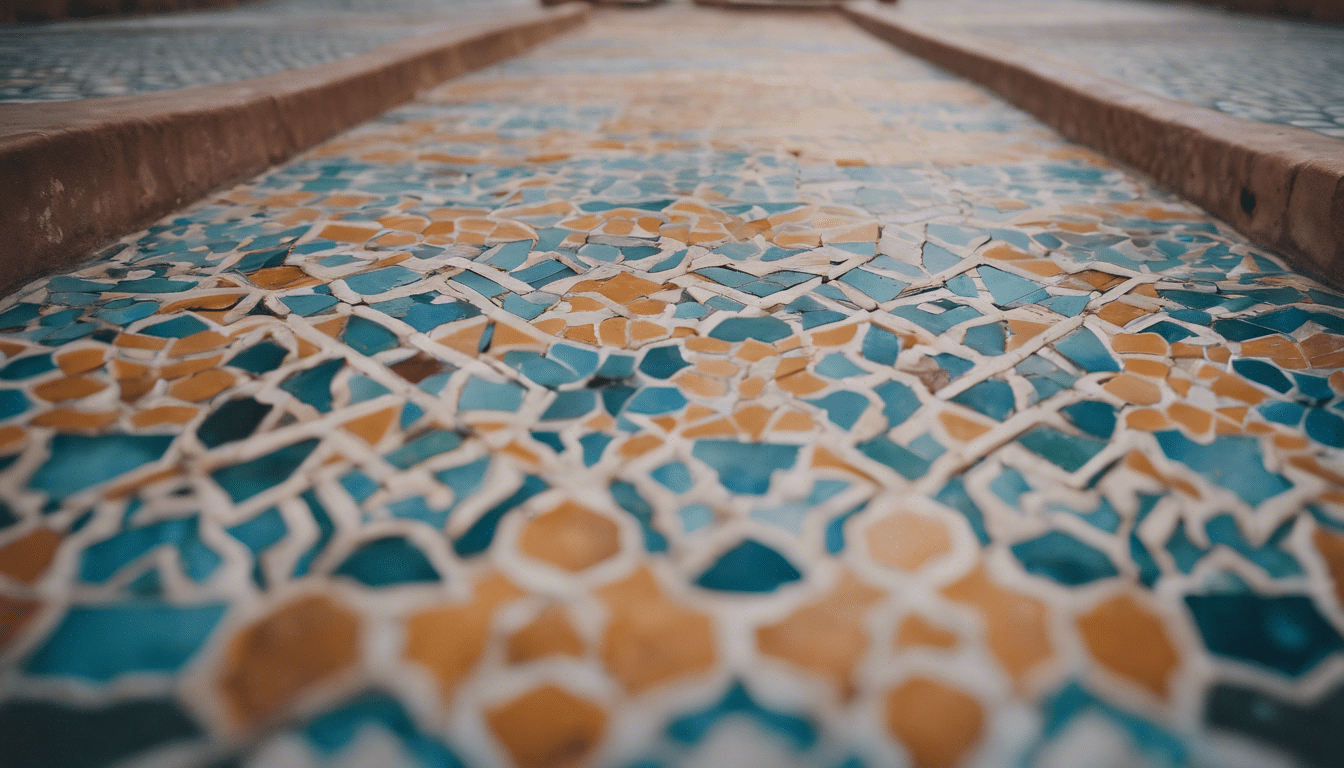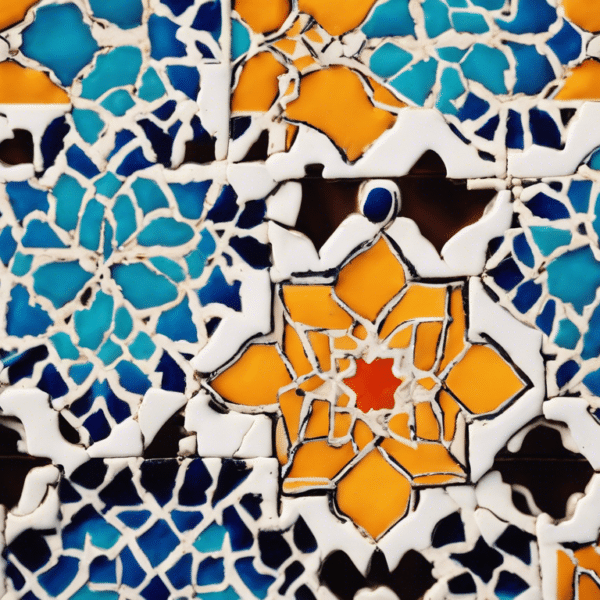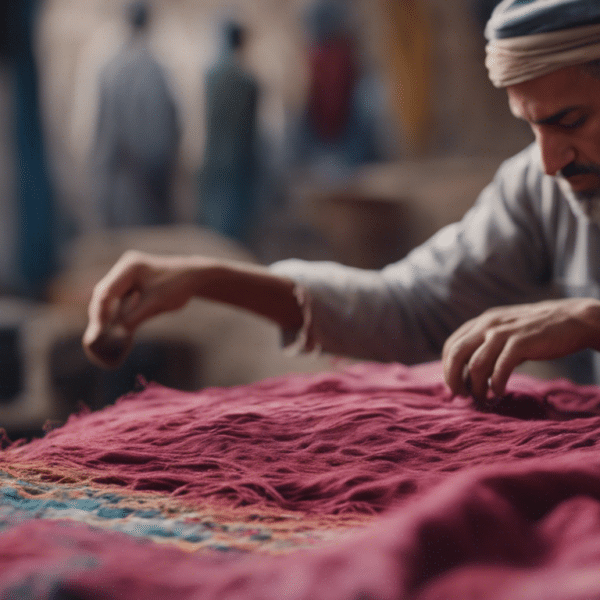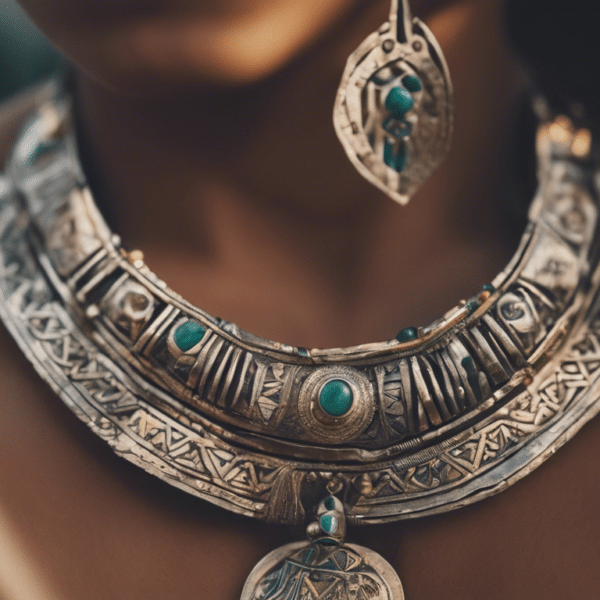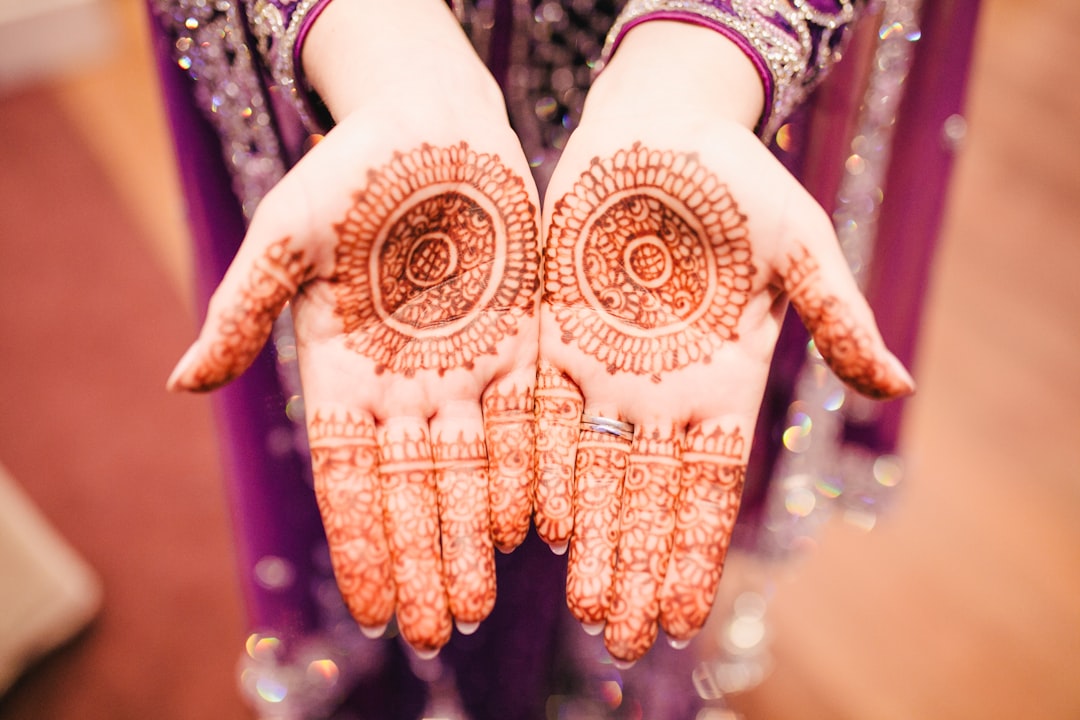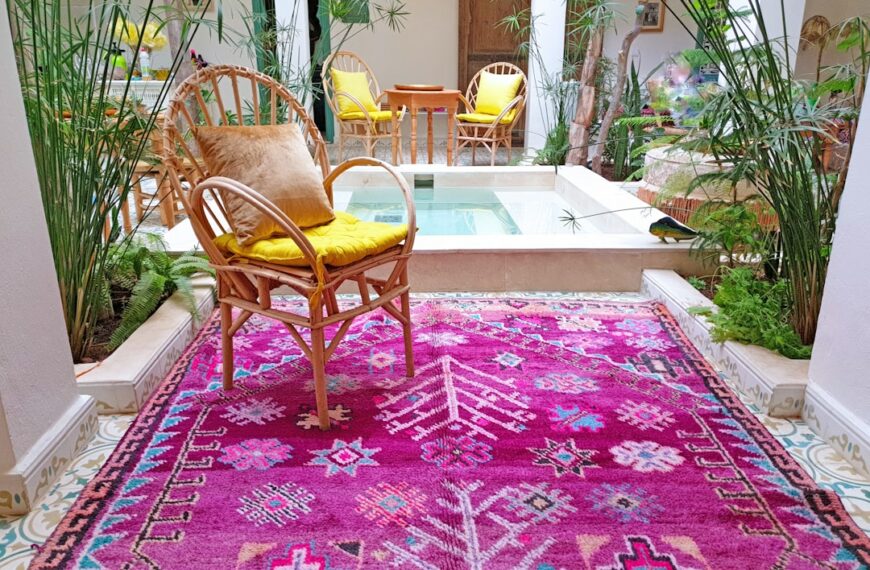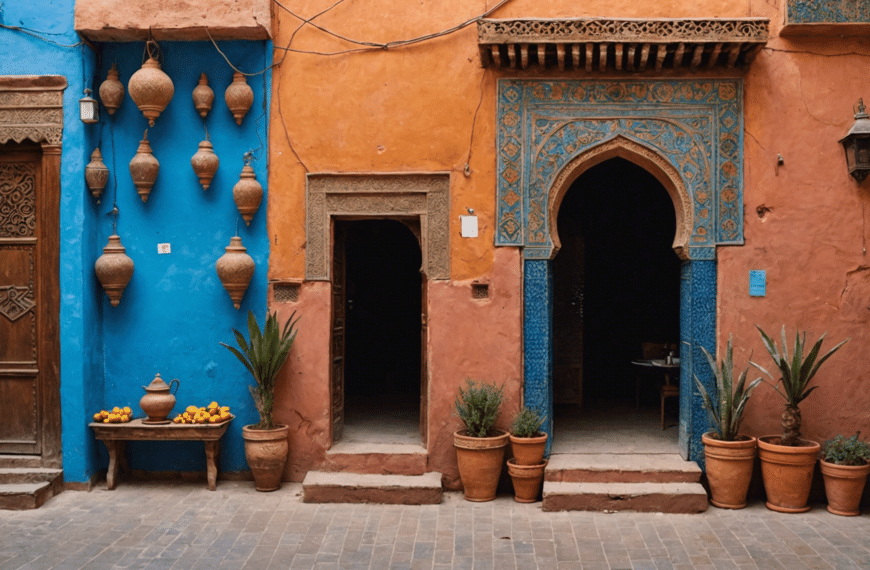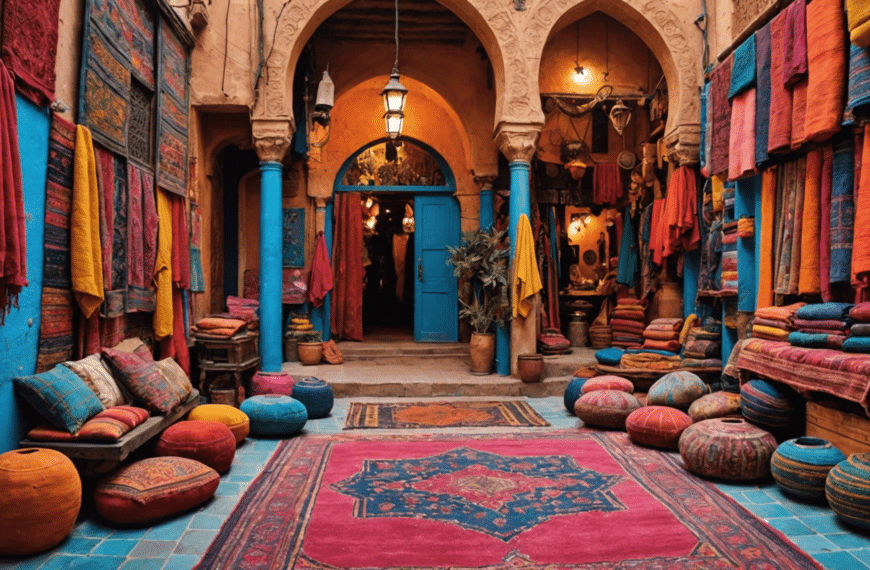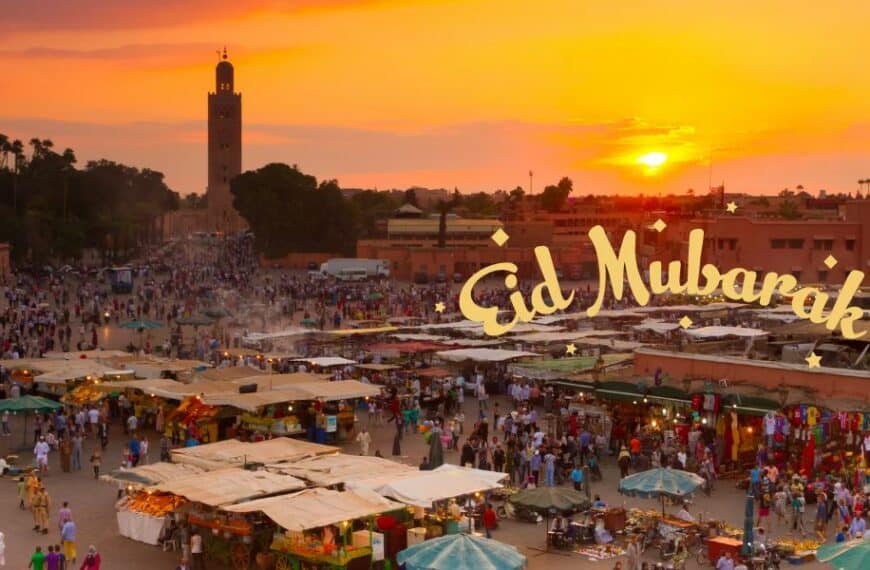Embark on a sensory journey into the heart of Morocco’s artistic legacy with “Discover the Captivating Art of Moroccan Zellige Tiles.” Unearth the time-honored secrets of these geometric gems that adorn palaces, mosques, and homes, intricately woven into the fabric of Moroccan heritage. Feel each hand-cut tile tell a silent story of ancient crafts, and experience the vibrancy of culture in a mosaic of colors and patterns that breathe life into any space. This exploration isn’t just a reading—it’s an invitation to touch the very essence of Moroccan beauty and craftsmanship.
Exploring the Roots of Moroccan Zellige Tiles
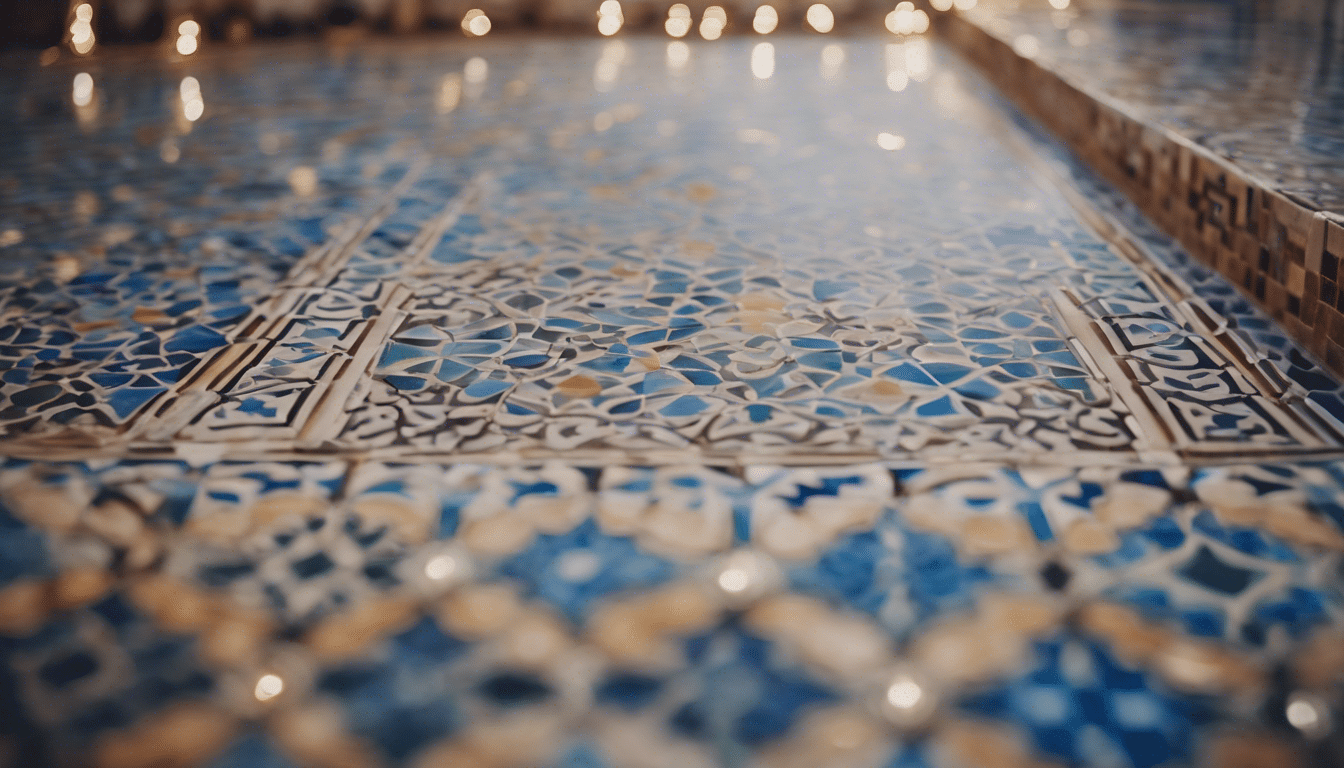
Nestled within the heart and soul of Moroccan architecture, the history of Zellige tiles unfurls like a colorful tapestry, drenched in cultural legacy and artisanal mastery. Strolling through the winding alleys of Morocco’s ancient cities, one can scarcely overlook the vibrant mosaic patterns gracing everything from fountains to floors, walls to walkways. To truly appreciate the sophistication and beauty of Zellige tilework, we embark on a journey to explore the origins and significance of this exquisite Moroccan art form.
The Birth of a Time-Honored Tradition
The genesis of Moroccan Zellige craftsmanship dates back to the 10th century, under the rule of the Berber dynasty. This art was a harmonious synthesis of Andalusian and Moorish aesthetics, a reflection of the rich cultural exchanges between North Africa and Southern Spain during the medieval period. What began in the imperial cities of Fez and Meknes soon proliferated across the kingdom, flourishing as a symbol of wealth and sophistication.
Artisanal Techniques Passed Through Generations
The creation of Zellige tiles is a testament to generations of skilled artisans upholding tradition, with each tile handcrafted through a labor-intensive process that demands precision and patience. Revered Moroccan craftsmen, known as Maâlems, begin by shaping the raw clay, meticulously kneading and forming it before the kiln’s heat breathes life into the nascent tiles.
Once fired, each tile, or ‘Zellij’ in Arabic, is enameled with rich natural dyes and hand-cut into geometric shapes. This act is not merely about technical prowess; it embodies a deeply rooted respect for the material and the cultural heritage it represents. The artisan then weaves together these individual pieces to compose motifs and patterns that tell age-old stories.
Spiritual Symbolism in Geometric Patterns
There’s a profound spirituality intrinsic to the geometry of Zellige designs. The intricate arrangements of stars, polygons, and interlaced lines are not arbitrary; they reflect the Moroccan penchant for uniting art and spirituality. Not only do these patterns adorn mosques and spiritual retreats with a sense of divine infinity, but they also instill the homes of Moroccan people with a semblance of the celestial.
Zellige Tiles Today: A Marriage of Tradition and Innovation
In contemporary times, Moroccan Zellige tiles have not only persisted but evolved, marrying their rich history with modern tastes and applications. The once exclusive emblem of palaces and sacred spaces now finds its place in everyday homes and contemporary designs worldwide, adding a touch of Moroccan soul to the global design landscape.
Architects and interior designers remain enchanted by Zellige’s authenticity and adaptability. The array of colors, the unique texture, the slight imperfections; they all contribute to the charm and individuality inherent in each handcrafted mosaic. Whether in bustling city bazaars or international décor boutiques, the allure of Moroccan Zellige tiles continues undiminished, inviting us all to partake in their timeless elegance and storied past.
As we delve into the roots of these enchanting tiles, may we admire not just their aesthetic appeal, but also the unbroken chain of human creativity and cultural exchange they represent. For those captivated by the intricate beauty of Moroccan Zellige, the narrative etched in clay and color is endless, ever-unfolding with each piece that finds its place in the grand mosaic of design history.
The Unique Craftsmanship Behind Zellige Production
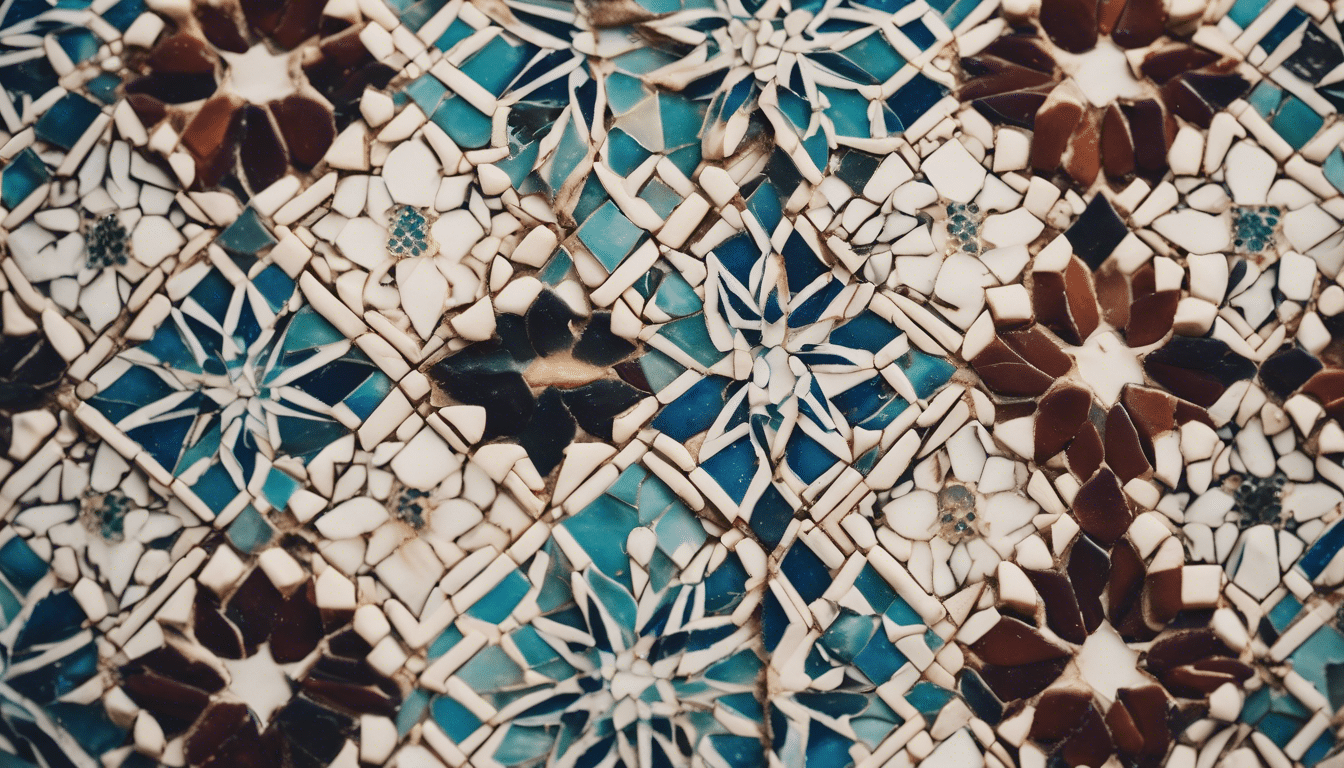
In the heart of Morocco’s historic cities, a vibrant display of colors and geometric patterns adorns the walls of mosques, palaces, and homes. These are the iconic Moroccan zellige tiles, a testament to the country’s extraordinary craft traditions and aesthetic heritage. The art of zellige tile production is a narrative of human skill, cultural identity, and the pursuit of beauty.
The Birth of a Tile: Clay, Color, and Kiln
At the inception of zellige tile creation is the humble clay, sourced from the Moroccan earth, embodying the very essence of natural purity. The transformation of clay into zellige is a poetic synthesis of the four elements: earth, water, air, and fire. The clay is first kneaded with water, shaping it while still malleable—a process requiring a discerning touch and an eye for consistency. The shaped tiles are then left to bask and dry in the open air, slowly solidifying under the sun’s nurturing warmth.
Once dried, the unfired tiles enter the kiln, where fire works its alchemy, transmuting the simple earth into sturdy ceramic pieces. This firing process not only grants strength but also prepares the canvas for a splash of colors—rich glazes that reflect the vibrant Moroccan landscapes.
Glazing: A Spectrum of Tradition
The glazing of zellige tiles is a colorful choreography, a dance of pigments and glazes that adhere to the tiles’ surface, creating vivid hues that are as durable as they are delightful. Traditional colors include deep blues reflecting the Mediterranean, greens symbolic of Islam, earthen terracottas echoing the desert, and the pure whites of the Atlas snows. Each color is mixed meticulously, maintaining the richness and depth characteristic of Moroccan zellige.
The Maâlem’s Touch: Artisanal Expertise
The true essence of zellige artistry lies in the skilled hands of the maâlem, the master artisan. With only a chisel and a practiced hand, the maâlem executes the precise cuts that shape the individual tiles into perfectly sized pieces for the larger mosaic. This geometric jigsaw comes alive without sketches or guides, relying solely on the maâlem’s knowledge passed down through generations. The resulting patterns are a blend of mathematical precision and creative flair, showcasing motifs that speak of Moorish influence and Berber tradition.
Assembling the Puzzle: The Creation of Mosaics
Zellige’s enchantment is not simply in individual tiles but in their assembly. Once cut, the tiles are laid face-down on a temporary surface following a design that is intricate and often steeped in symbolism. The execution requires multiple artisans collaborating seamlessly—some arranging the tiles, others preparing the cement and carefully pressing the tiles in place. The ensemble is then flipped, revealing a tessellated masterpiece that is nothing short of visual poetry.
Laying the Legacy: Zellige in Architecture and Decor
These painstakingly created zellige mosaics find their homes within various architectural spaces, offering not just surface decoration but an embodiment of Moroccan history. They adorn the courtyards of riads, the fountains of public squares, and the interiors of sacred spaces. Their presence brings a sense of timelessness and an aura of the exotic, seamlessly blending tales of the past with present-day interiors.
Preserving the Craft: Challenges and Revival
Despite the enduring appeal of zellige tiles, the intricacy of their production means they face the modern challenges of industrial competition and changing tastes. Yet, as the whisper of nostalgia grows louder and an appreciation for handcrafted artistry resurges, so does the commitment to preserve this quintessential Moroccan craft. Through workshops, apprenticeships, and a renewed market desire, zellige production continues, holding tightly to the threads of Moroccan identity.
The story of Moroccan zellige tiles is a narrative woven from the earth itself, painted with the palette of the Moroccan soul, carved by the wisdom of history, and laid down for posterity. As each tile finds its place in the grand mosaic, it echoes the unique craftsmanship of a culture rich in artistry—a legacy set in stone, and yet beautifully unfixed in its possibilities.
Colors and Patterns: The Visual Language of Zellige
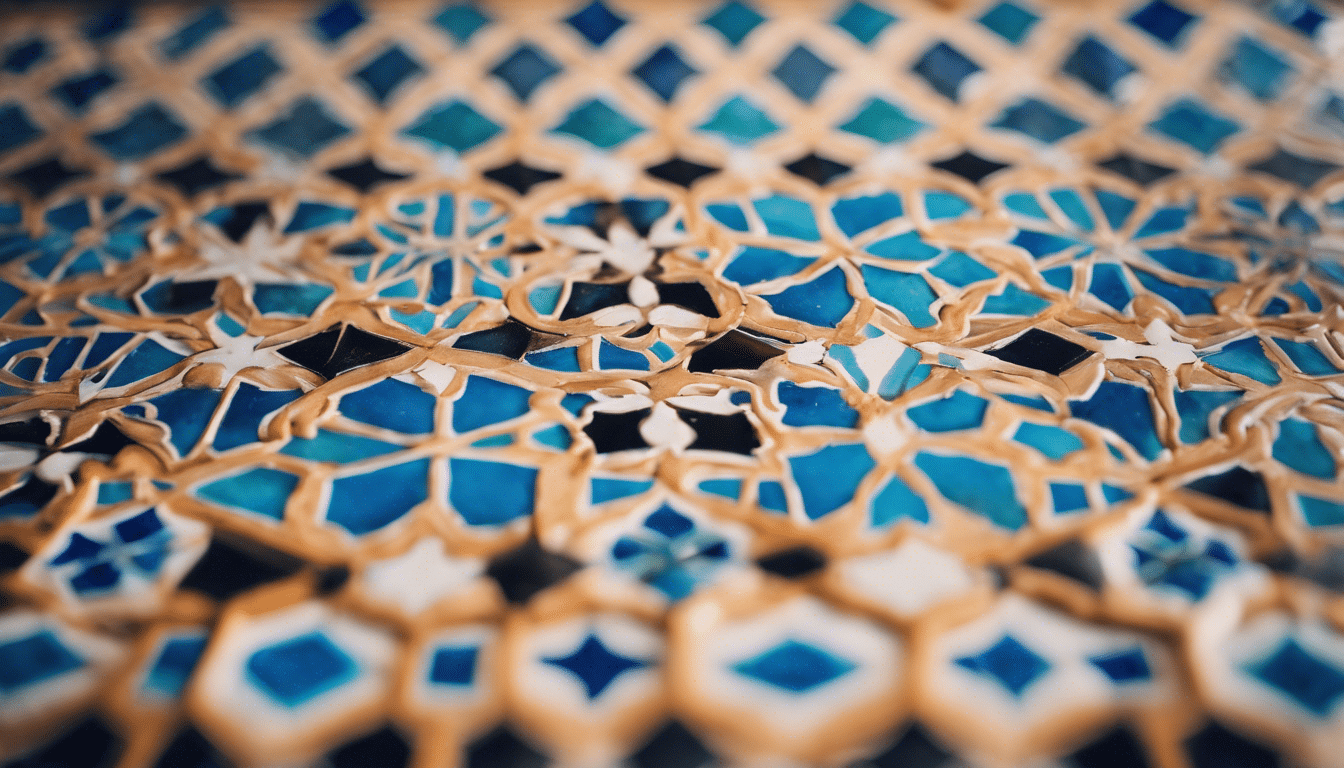
Moroccan zellige tiles: a spectrum of tradition
In the vibrant landscape of Moroccan architecture, one element that consistently captivates the eye is the mesmerizing zellige tiling. This traditional form of Islamic art is a storytelling mosaic, a visual anthology of Moroccan heritage that has adorned the walls, floors, and fountains for centuries. With a kaleidoscope of colors and an intricate array of patterns, zellige tiles are not just an aesthetic feature; they are the embodiment of Morocco’s rich cultural tapestry.
A journey through the souks of Marrakech or the historic sites in Fez will inevitably lead you to encounter these little glinting squares of terracotta, each one uniquely glazed and telling its own silent saga. The process of creating these tiles is as meticulous and measured as the patterns they form, with artisans, known as Maâlems, cutting each tile by hand from larger clay slabs.
The palette of the earth: embracing the colors
While stepping through the narrow alleys of a Moroccan medina, the plethora of colors in the zellige displays can be almost overwhelming. From the deepest blues that reflect the Mediterranean Sea to the fiery reds that mirror the setting Saharan sun, every color used in zellige tiles hold a fragment of Morocco’s natural palette. The dyes, rooted in nature, ensure that the tiles remain vibrant and glowing, even under the relentless sun.
These colors are not chosen at random; they are selected with intentional symbolism, representing elements such as water, the earth, and the heavens. The color green, often used in Moroccan zellige, is especially significant as it represents peace, life, and the verdant landscapes that surprise many in such an arid region.
Interwoven geometry: decoding the patterns
When it comes to zellige, the patterns are as significant as the hues that bring them to life. The geometric shapes interlace to create a complex and cohesive composition, often starting from a central point and radiating outwards in symmetrical perfection. Within these geometric mazes, one can discern the principles of balance and harmony that are central to Islamic art.
The motifs within zellige patterns serve as more than mere decoration. They are a language without words, expressing ideals of infinity and continuity through their never-ending loops and interlocking designs. Authentic Moroccan zellige remains loyal to the sober beauty of its lineage, eschewing the need for pictorial representations and focusing instead on the eloquence of shape and form.
Enduring art: the timeless quality of zellige
The longevity of the zellige art form is a testament to its enduring charm and unparalleled quality. These tiles are not simply placed; they are composed like an orchestra, with each tile contributing to a larger, melodious visual symphony. Such is the dedication and skill of the zellige craftsmasters that their works can last for generations, making Moroccan zellige tiles a sought-after feature in homes and public spaces alike.
In the modern context, zellige has not lost its luster or relevance. It gracefully toes the line between tradition and contemporary taste, allowing for ancient art to infuse modern design with a depth of history and significance. A Moroccan zellige-tiled bathroom or kitchen back-splash is one way that people around the world can hold a piece of Morocco in their daily lives, a whisper of stories untold yet felt through every patterned square.
Marcoco’s zellige is more than decorative tile work; it’s a piece of the nation’s soul, preserved in clay and color. For those who are attuned to the visual language of zellige, the narrative is clear: beauty lies in the details, heritage in each hand-cut tessera, and the resonance of Moroccan culture is as vibrant and enduring as the tiles themselves.

